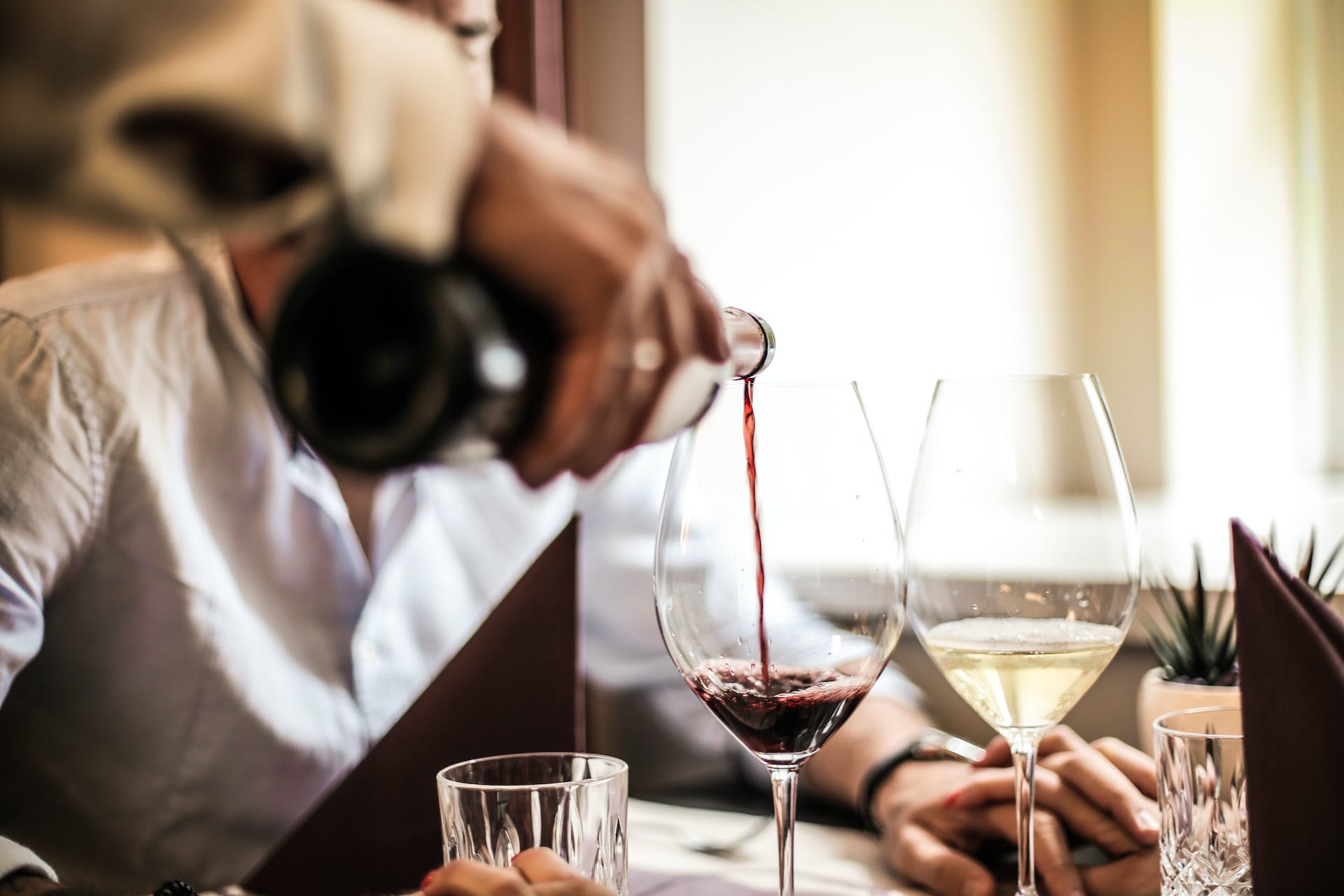
A great meal is only as good as the wine being poured alongside it. Many restaurants tout impressive bottle and glass pour lists but sometimes you just want to bring your own special selection. Whether that wine is a favorite you’ve been cellaring for years or just a prized producer that’s hard to find here, special bottles are often welcomed at restaurants, for a price.
Corkage fees tend to apply to higher-end wines, so while we have nothing against a good bargain wine, leave the Two Buck Chuck at home. The corkage fee alone could probably buy you a half case of that stuff. Instead, go with something great, as the whole point is to enhance the meal while still paying respect to the restaurant’s wine program and use of its staff, glassware, service, and the like.
What is a corkage fee?

A corkage fee is a service fee related to wine. When you bring in a bottle, the wine still needs some TLC in the form of assessment and presentation, as well as potential pairing ideas. The corkage fee is meant to compensate for the fact that you’re not buying from the eatery’s wine list (although you should, too, if you feel like more than what you brought in) and cover the act of serving said wine. The restaurant is doing you a solid by allowing you to pack in your own Pinot, so return the favor by not griping about the corkage fee, as it’s a common sense add-on. You pay the corkage fee, and the restaurant will set you up with its space to taste in, along with some wine expertise and the accouterments, such as flutes for Champagne.
As the story goes, corkage fees originated in the 18th Century. Entertainment staff, whether it be wine buyers or caterers or similar, would collect all of the corks at the end of an engagement and charge based on that number. It was a way of loosely keeping track of all the outside wine brought to the gathering and a means of recouping some costs. BYOB has a history, but you do pay for the privilege.
How much is a corkage fee?

There’s no fixed rate for a corkage fee but on average, they tend to run around $30 per 750-mililter bottle. That can vary a bit, especially if you’re dealing with an older wine with a more sensitive cork or a super expensive wine that might require specialized glassware. One approach many restaurants take is offering a corkage fee, which is about the cost of their cheapest wine by the bottle. So, be prepared for a sliding scale, but $25-$40 is pretty standard unless what you’re pouring is more unusual. While corkage fees are rarely outrageous in terms of price, it pays to check in beforehand just to avoid anything awkward when the bill arrives.
Other corkage fee details

Always check in with the restaurant before hand as they don’t always allow outside wine. Visit their website, call, or run in and ask in person before dragging the bottle along. Also, while it may seem obvious, corkage fees apply to wines that don’t technically have cork in them. Think of it more as a bottle-opening fee (an increasing number of producers are opting for more sustainable formats, like screw caps, stoppers, and more).
In terms of proper protocol—there’s wine tasting etiquette after all—remember to allow the restaurant staff to take the lead on opening and serving the wine. Expect a good sommelier to try the wine that you bring in to make sure it’s not flawed, and be sure to top on top of the corkage fee. Think about serving temperature, too. While a restaurant can likely chill-down a bottle if need be, it’s often easier on all involved to bring the bottle in about the shape you want it served in (weather permitting).
There can be variations in the fee setup if, say, there are a lot of people tasting in your group and added equipment or staff is required. Now, in the unlikely event the wine is corked (hopefully, you’ve been cellaring that bottle in good conditions), there might be room for some negotiation. Because the restaurant still went through the effort of opening and serving the wine (perhaps even decanting and tasting too), a corkage fee of some kind is in order but you may be offered a reduced rate as a courtesy, not to mention nudge towards getting something from the house wine list.
And if it’s a truly special bottle you don’t want to part with even when it’s drained, that’s fine. Just let the servers know you’d like to keep the bottle as a memento and the’ll take care of the rest.
Corkage fees: Check. Want to know more about the wine world? Check out our features on helpful wine terminology and the meaning of reserve wine.


